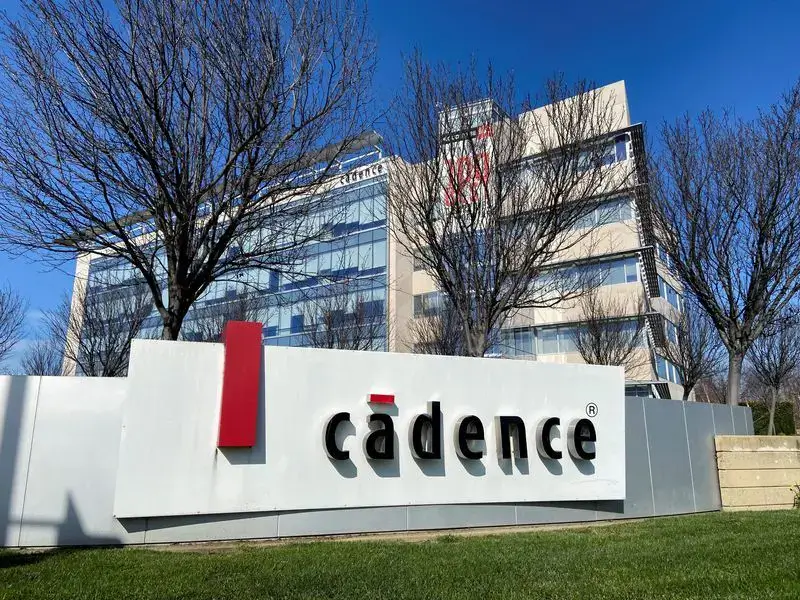Cadence Design Systems has launched a new supercomputer powered by Nvidia chips, significantly enhancing its software capabilities for complex engineering and biotech workloads. The new supercomputer, called the Millennium M2000, is designed to accelerate a range of applications, from chip design to aerospace engineering and drug discovery.
The Millennium M2000 features Nvidia HGX B200 systems and Nvidia RTX PRO 6000 Blackwell Server Edition GPUs and is accelerated by Nvidia Blackwell systems and Nvidia CUDA-X software libraries. The supercomputer is available for both cloud and on-premises deployment. According to Cadence, the new supercomputer delivers up to 80 times higher performance for electronic design automation, system design, and life sciences workloads compared to its predecessor, which was based on CPUs.
Cadence has traditionally been known for providing software to companies like Apple for chip design. However, the company has expanded its reach in recent years to support diverse clients such as Boom, a startup developing supersonic jets, and Treeline Biosciences, which focuses on discovering new drug candidates through molecular simulations. Cadence's software was initially designed for CPU-based systems, but it has now been reworked to leverage the power of Nvidia's Blackwell GPUs.
The Millennium M2000 supercomputer houses approximately 32 of Nvidia's newest chips. While final pricing may vary, the most common configurations are expected to cost around $2 million. This new supercomputer is a successor to a previous model that supported a more limited set of Cadence's software.
Michael Jackson, corporate vice president and general manager of the system design and analysis group at Cadence, mentioned that the company collaborated with Boeing to analyze turbulence around parts of a 777 jet using the new supercomputer. This task, which previously took eight days on a traditional CPU system, was completed in less than 24 hours with the M2000. This allows engineers to complete projects faster and refine designs more thoroughly. Jeff Grandy, vice president of Cadence molecular sciences, also noted that simulations for potential drug molecules, which previously took two days, can now be completed in just four minutes. This speed improvement enables researchers to experiment and iterate on molecular designs in near real-time.
Nvidia plans to purchase 10 Millennium Supercomputer systems based on the Nvidia GB200 NVL72 platform to accelerate its chip design workflows. Nvidia CEO Jensen Huang stated that this is a significant development for the company, allowing them to speed up their design work by 50 to 100 times. He also mentioned that Nvidia had been building its data center to prepare for this. Anirudh Devgan, president and CEO of Cadence, discussed the collaboration with Jensen Huang onstage at CadenceLIVE in Santa Clara, California.

















